DESTINATION UNKNOWN
Explorer LUCY SHEPHERD has been to places no human has ever set foot before. From the FROZEN extremes of the Arctic to the UNCHARTED jungles of South America, she’s pushing the BOUNDARIES of the known world. Her mission? To highlight the importance of PROTECTING these remarkable places and INSPIRE others to live more adventurously
There are many reasons why Lucy Shepherd shouldn’t be talking to me right now. From narrowly escaping a helicopter crash in the mountains of Tajikistan to dodging the jaws of killer snakes in the jungles of Guyana, her life to date reads like the plot of a Hollywood action movie. And like any true action hero, the leading role in this blockbuster does all her own stunts.
“Growing up, that word ‘adventurous’ was always used on me. I quite liked that the people who knew me best would describe me that way,” she grins. “At school, I was labeled ‘shy’, but when I was out climbing trees, rock climbing, or fooling around with friends, I thrived on pushing boundaries. I grew up with a big imagination. “When I hit teenage years, I was inspired by figures like Bear Grylls and the places he went to. He didn’t just go to polar environments or the mountains; he went to all these fantastic worlds, celebrating how varied this planet is. It just made me realise there are so many places I want to go. I’m essentially living a childhood dream right now.”
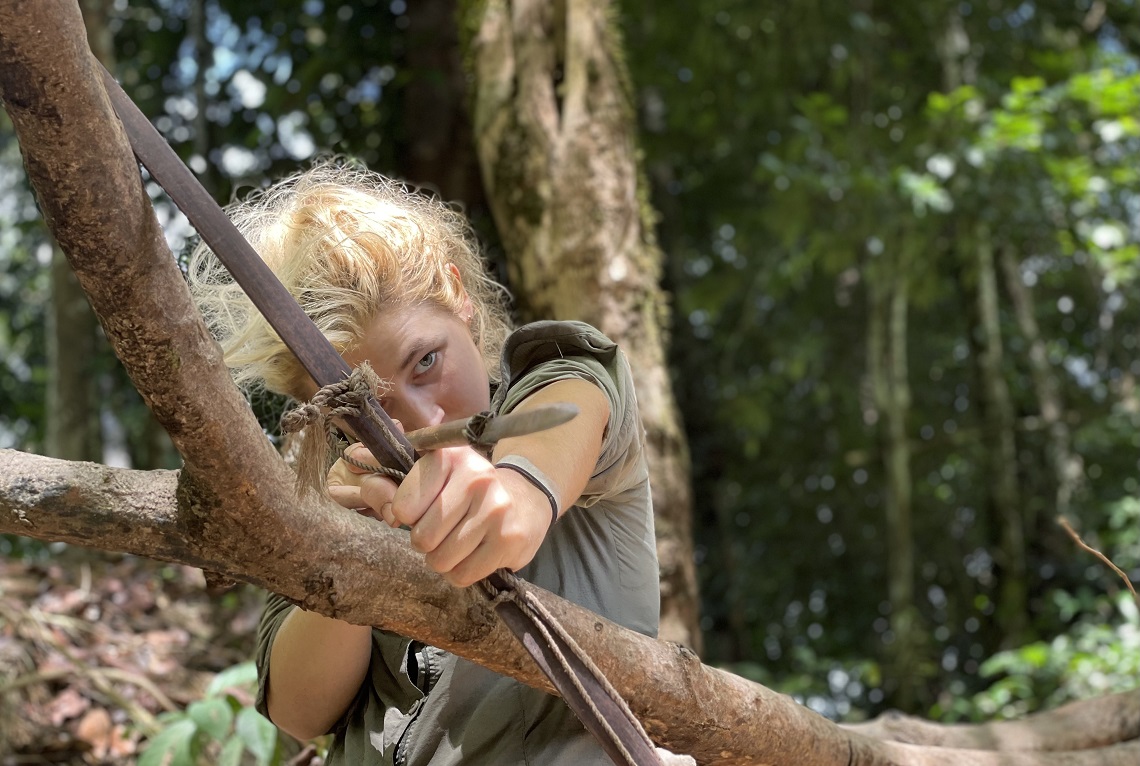
Lucy’s adventure dream began in 2011 with a 10-week Royal Geographical Society expedition to Svalbard, Norway, as part of a schools initiative. After completing the rigorous application and training process, Lucy got the chance to experience what the frozen north has to offer and has not looked back.
“It was great to be cut off from civilization and be so independent at such a young age,” she recalls. “I learned that I was stronger than people thought; that I work well with others, and that I can lead in different ways. Everyone thought that trip was a once-in-a-lifetime thing. But for me, it was just an eye-opener of what can be achieved if you learn about an environment, get trained up, and are part of a team. I fell in love with that. And I fell in love with who I was as a person on that expedition. Afterwards, I thought, ‘this can’t be the end. It’s got to be just the start.’”
Since that first big adventure, Lucy’s led and taken part in countless expeditions all over the world. Through a combination of sponsorship and self-funding, she’s worked tirelessly to gain all the necessary skills to keep her dream alive, exploring some of the most breathtaking and extreme environments on Earth, including the Amazon Rainforest, the Pamir Mountains, and the Andes. At the age of 23, she became a Fellow of the Royal Geographical Society. She’s also the youngest council member of the Scientific Exploration Society.
In 2020, Lucy led a team of five Amerindians across Guyana’s Kanuku mountain range from south to north. “I didn’t know anything about the mountains before I went. But just the word — Kanuku — is mysterious and mystical. It set my imagination on fire,” she enthuses. “And it turns out they’re full of legends, like the animals behaving differently there. Stories about people who live in the forest that aren’t really people — Yeti-like figures, and they look after all the animals and if you disrespect it, you’ll die, things like that.”
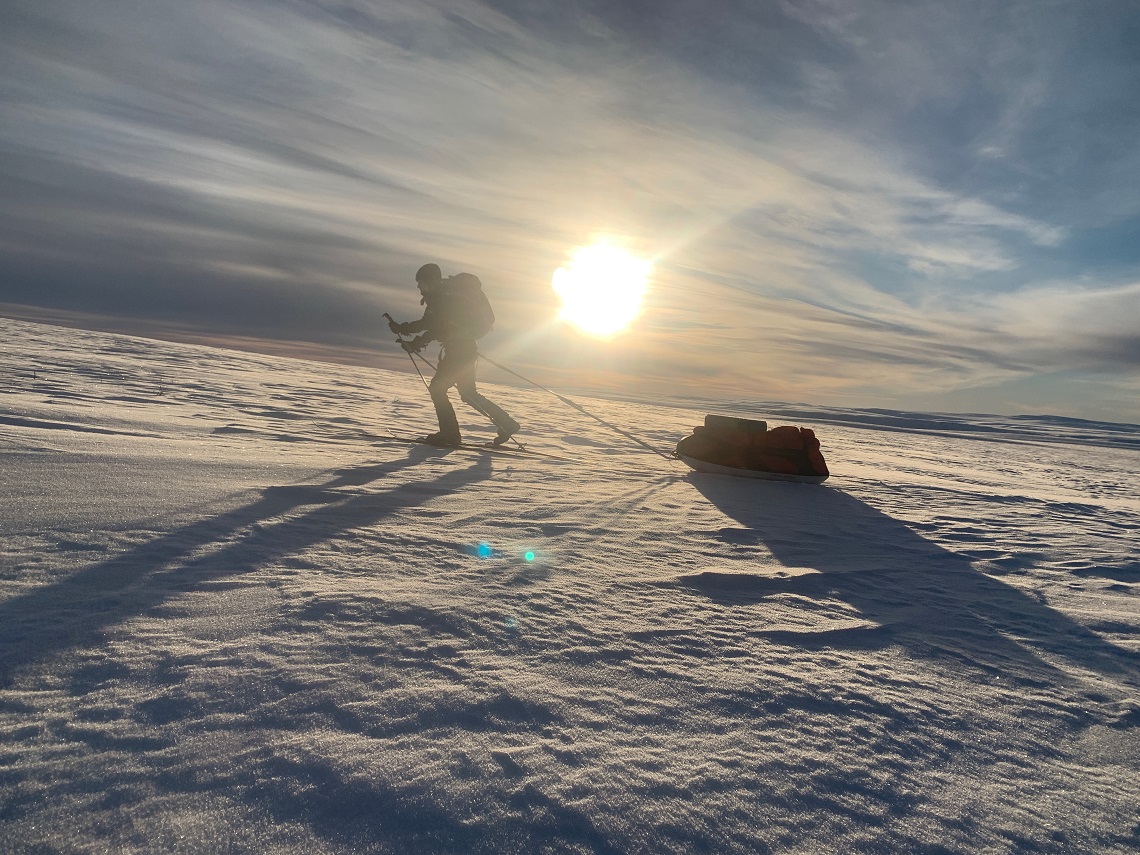
Bushmasters are the world’s longest breed of venomous snake. They can grow up to 3.5m and are found in scrublands and forests from the Amazon River basin up to Costa Rica. The species is known for its ‘whistle’ – a low ‘phew’ sound that it emits as a warning signal
The team battled through dense jungle and encountered jaguar and *Bushmaster snakes, but the unique challenges posed by travelling this part of the world simply left Lucy wanting more. “I’d been doing expeditions for 10 years. I needed something that I didn’t actually know – nobody knew – whether it was going to be possible. I was ready for something big.” she explains.
Spurred on by an idea planted by her friend and mentor, the late explorer Ian Craddock, Lucy decided to return to the jungles of Guyana to undertake her most ambitious expedition to date: a pioneering 250-mile journey across the uncharted Kanuku, this time travelling east to west.
No person had ever attempted this expedition before, much less succeeded. The aim? To celebrate the importance of protected areas and raise awareness of them while inspiring more people to get outside and take on their own challenges.
But to even gain access to this unique corner of the Earth, Lucy had to jump through a lot of hoops. “It was an expedition in itself to make it happen,” she explains. “Especially the protected area side of it. Amerindians are allowed to go into this area, but everyone else just can’t go in without permission. There were so many permits to get! It was a full-time job for months and months beforehand.”
The team’s perseverance eventually paid off, however, and last Autumn, Lucy’s ‘Mountains of Life’ expedition came to fruition. And the jungle delivered in spades. “Every day we were waking up not knowing what was going to happen – that’s the pinnacle!” Lucy exclaims excitedly.
“I couldn’t exactly write a route because the maps are 50 years old. I was basically planning a route in my hammock every night for the next day. And it’s anything but walking. It’s crawling, it’s climbing, it’s getting on your belly, it’s hopping, jumping, because there are obstacles constantly in your way. It’s also boiling. You’re dehydrated all the time and you’re swimming in sweat. But you just get used to it. The body is amazingly adaptable.
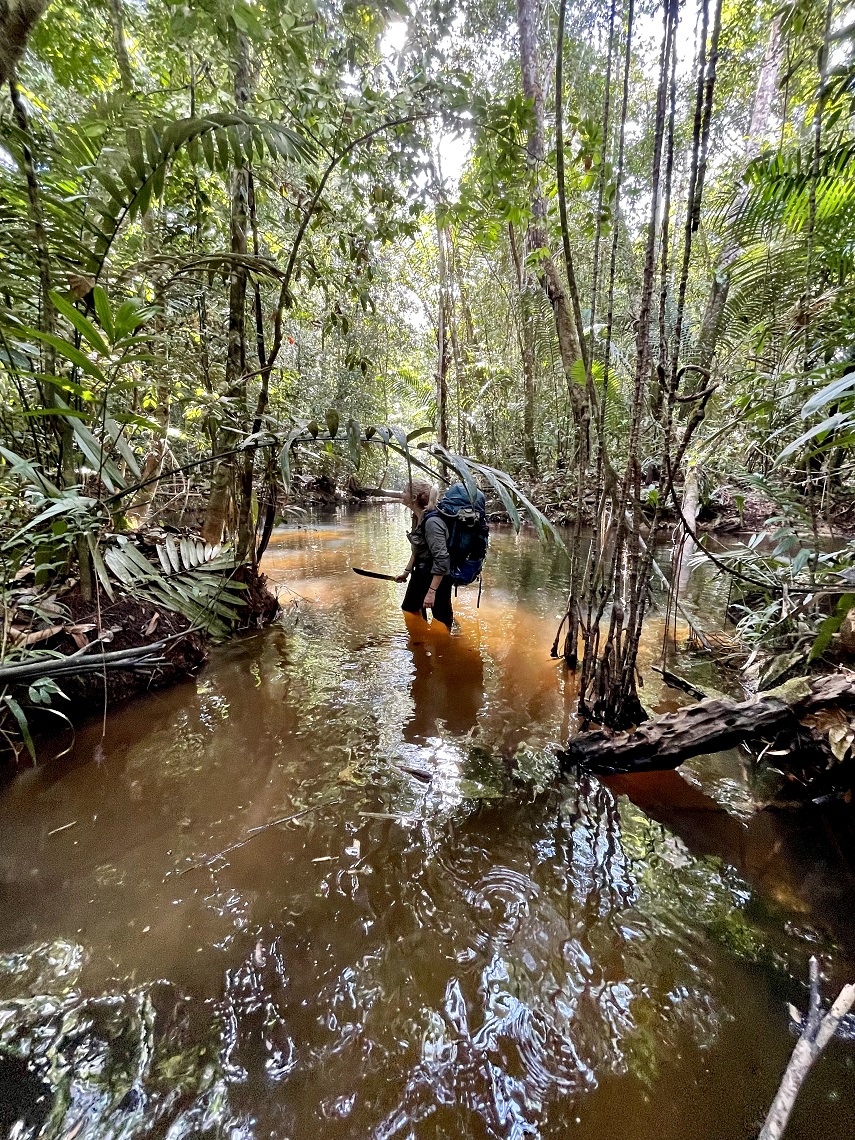
“The toughest bit was whenever we hit bamboo bush. It was just so horrible. It takes so long to get through. You’re stuck in it and there’s literally no way out, you’re just blindly cutting, everyone’s exhausted, and that bush might go on for kilometres and kilometres. We managed to put the drone up once, to see how to escape. That really helped us.”
Sometimes, though, traditional bush ways are best. “A machete in Amerindian language, you call it a ‘cutlass’. It’s a vital piece of kit,” Lucy explains. “Some of the team also used bows and arrows, which are very important. In Amerindian terms, it’s called ‘silencer’. We don’t take guns because if you shoot just once, everything will disappear. Silencers are mainly used for protection, but you can also fish with bows and arrows if you need extra food.”
The team survived the 50-day mission on sardines, noodles, and grubs with a few fresh-caught fish when they were near the small rivers. But the jungle is no place for a picnic, as Lucy explains. “There’s just so much in the jungle unlike other environments. You can never relax. It’s always testing you and it’s quite tiring. You know what you’re dealing with in the mountains — avalanches, rockfalls, storms coming in. But it’s just very unpredictable in the jungle. Things can happen that you really wouldn’t expect or didn’t even know were a risk.”
After an all-too-close encounter with a small but deadly labaria snake, Lucy was very grateful for her snake gaiters, which pretty much saved her life when the highly venomous pit viper bit her leg. “I wasn’t going to take them, but I did it for my mum,” she admits. “And then they turned out to be very useful!”
They don’t make anything to protect you from giant jungle wasps, though, as Lucy discovered. “There are lots of different wasps and bees that live in the forest. And if you’re lucky, you’ll spot the nest. If not, you might disturb the nest just by breathing on it or brushing past it. If it belongs to the Marksman wasp, you run like hell, because they will follow you in a swarm. This happened to us one day. I was at the back, yelling ‘Go! Go! Go!’ and [the wasps] were stinging me on the bum!”
From painful wasp stings to killer underwear, Lucy had her fair share of misfortune on this expedition. “The jungle just wears you down a lot. We all got infections early on,” she confesses. “The guys all got trench foot that got infected. I wore knickers on the first day — worst mistake ever. I suffered a tiny bit of chafing that instantly got infected. I had to tell the team because it was agony, and I was walking like a cowboy.” The team’s advice? “‘Oh, just don’t wear underwear!’ I went commando for the whole thing after that. You see me in the jungle now? No pants.”
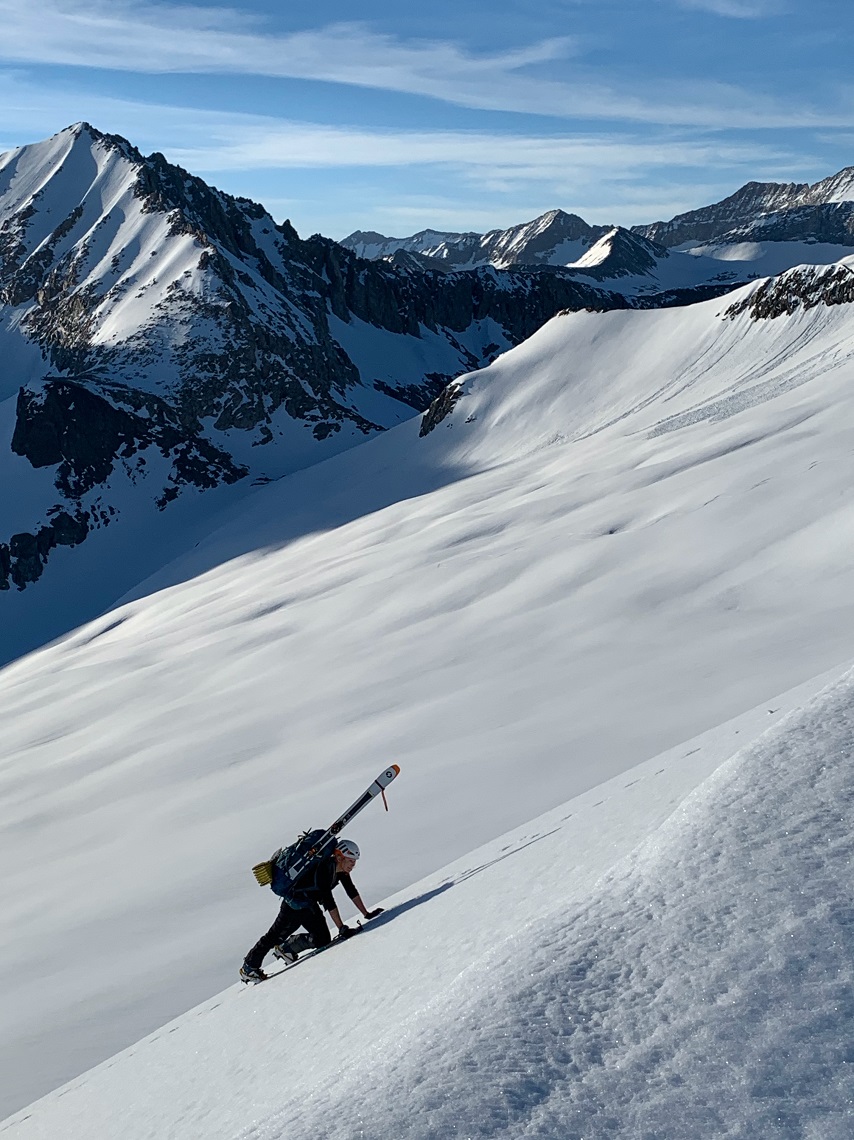
But there’s no room for modesty on an expedition like this. “Privacy is not a thing. You’re vulnerable if you decide to go off. I don’t disappear to have a wee or anything because that’s just too dangerous,” Lucy reveals. “One time a guy left the group to go after some peccary. He was maybe 30-40m away, but in the jungle, that’s a long way. A puma was also after the peccary. It came down from the tree, and, well it was close! It just shows these things are everywhere. I’m really not exaggerating. We were constantly running away from peccary or snakes or wasps.”
Not everything in the jungle was out to get them though “There were some cool chameleons,” Lucy smiles, “and I really loved the turtles. Amerindians call them ‘mountain bogs’. I don’t know why. But there was something sweet about seeing a turtle just going about its business in their natural habitat.”
But the biggest highlights for Lucy were all about the people involved. “Moments with the team where you might get a view through the trees and one of them would go, ‘you know, I’ve never dreamed of being up this high’. Things like that were awesome. It reminded me that we were all on an adventure, and even though it’s hard, this is us doing it, and having that sense of pride in the whole team. We also made a bamboo raft – it was like a childhood dream. It gave us some rest and we were all just sitting there, smiling. That was a great, fun moment.
“Keeping team morale up in the first few weeks was hard. I had a lot of people at home counting on me to do his expedition, but what was their reason? I had to remind them that everyone’s an explorer on this team and that what we were doing was very special. I couldn’t have done it without them. They taught me so much. Everything from what bark works best for medicine to little plants you can pick to help you fish. I learned things from them you could never find out in a book and have never been written down.” But let there be no doubt who was team leader.
“People definitely don’t take me that seriously when they first meet me, especially if they see a picture of me with the team. They think, ‘Oh she must have just paid them to take her because they know the jungle.’ Lucy quips. “I will hold my hands up completely and say I am not as skilled as [the Amerindians] in the jungle. But I’m the leader and navigator. I make all those decisions.
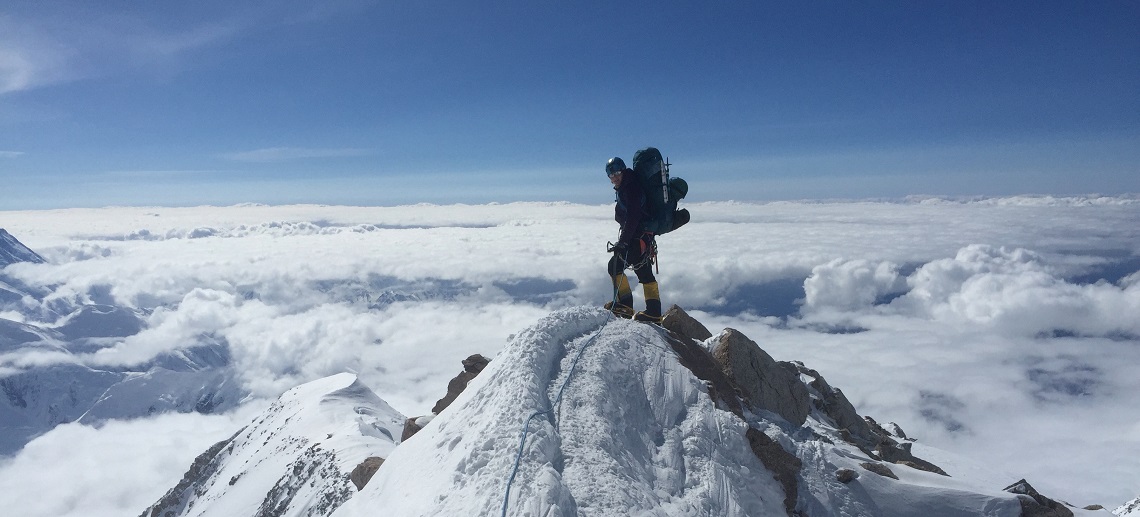
“It was a challenge for me to gain the team’s respect early on and be that leader, because when they first met me, they also made assumptions, of course. But I’m not trying to be something I’m not. I am a woman and I am a leader. I just don’t have to be the stereotypical leader. If people like you then they’re going to work well in your team, so it was always about caring for people, identifying their strengths, and remaining positive for them. It’s just like anything else, communication is key. I will make the decisions, but I need everyone’s input. There are lots of ways to be a leader.”
So where’s Lucy heading next? “I’ve had a few people get in contact with me, embassies from different countries around the world, saying, ‘we notice you went to an uncharted place? We’ve got other places no one else wants to go to… maybe you do?’
“For me, it’s the problem-solving with myself and with a team that’s the buzz. Whether it’s an uncharted place and no one’s been there before, or whether there’s just not very much on the internet or books about [an area], as long as you’re having to figure it out yourself. That’s the icing on the cake. Of course, I’ve only scratched the surface of the planet. I haven’t been to the desert yet, so I should definitely cross that terrain…”
Wherever Lucy’s adventures take her, she’s very clear about her ultimate goal. “To continue doing expeditions and spreading the word on why this world is awesome and we need to protect it,” she asserts. “And to inspire people to get outside and push their boundaries. I think there’s so much to gain from being outside. You don’t have to do big expeditions. Making people proud of themselves is something that shouldn’t be underestimated. If people can feel confident and proud of their achievements, they’ll perform much better in other parts of their life.”
To keep up to date with Lucy’s inspirational expeditions, see www.lucy-shepherd.com or join her on Insta: @lucysheps.


